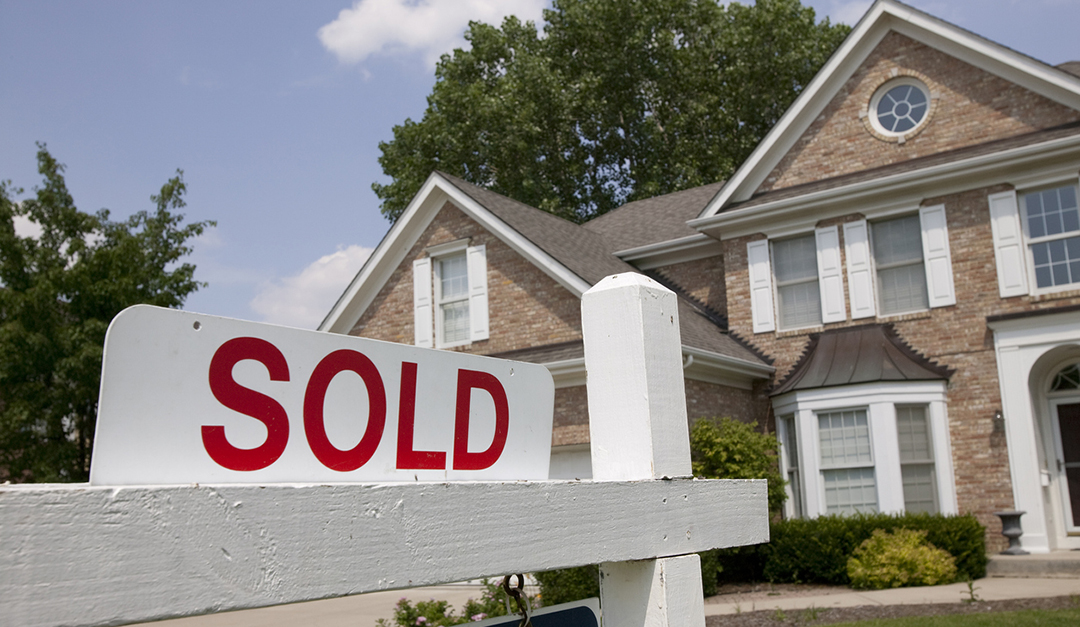December hit another historic peak for existing-home sales, experiencing the highest level since 2006 after rising 0.7 percent from the previous month. According to the latest data from the National Association of REALTORS® (NAR), year-over-year, existing-home sales increased 22.2 percent.
Additional market data gives a better overview of the current environment: sales are still driving prices up, as is the persistent inventory shortage. The median existing-home price for all housing types in December increased 12.9 percent to $309,800—this is the 106th consecutive month of year-over-year gains. As for inventory, the end of December saw a total of 1.07 million units, a decline of 16.4 percent year-over-year. Unsold inventory was at a 1.9-months supply in December, down from 2.3 months in November.
By Region:
Midwest
Existing-Home Sales: 1.59 million (+26.2%YoY)
Median Price: $235,700 (+13.7%YoY)
Northeast
Existing-Home Sales: 930,000 (+27.4% YoY)
Median Price: $362,100 (+19.0% YoY)
South
Existing-Home Sales: 2.86 million (+20.7% YoY)
Median Price: $268,100 (+11.3% YoY)
West
Existing-Home Sales: 1.38 million (+17.9% YoY)
Median Price: $467,900 (+14.2%YoY)
How the Industry Is Responding:
“Home sales rose in December, and for 2020 as a whole, we saw sales perform at their highest levels since 2006, despite the pandemic. What’s even better is that this momentum is likely to carry into the new year, with more buyers expected to enter the market. Yun predicts a continuation of the strong activity that’s currently taking place in the housing market and in the overall economy. Although mortgage rates are projected to increase, they will continue to hover near record lows at around 3 percent. Moreover, expect economic conditions to improve with additional stimulus forthcoming and vaccine distribution already underway.
“To their credit, homebuilders and construction companies have increased efforts to build, with housing starts hitting an annual rate of near 1.7 million in December, with more focus on single-family homes. However, it will take vigorous new home construction in 2021 and in 2022 to adequately furnish the market to properly meet the demand.” — Lawrence Yun, Chief Economist, National Association of REALTORS®
“NAR will work with the incoming Biden administration in pursuit of policies promoting housing affordability and accessibility. We were pleased with the homebuyer tax credit President Biden proposed as a candidate and we look forward to continuing our work with Congress and the White House. We will aim to find common ground, especially related to ways of boosting home supply and working toward solutions that will protect and support homeownership and America’s broader real estate industry.” — National Association of REALTORS® President Charlie Oppler
“The housing market has been a bright spot of the economic recovery thus far. Today’s report on existing-home sales showed yet another monthly increase in the pace of sales to 6.76 million units. The December data also capped off 2020 as the strongest year for home sales since 2006. However, there is still disproportionate growth in the higher price tiers, as evidenced by an elevated median home price of $309,800—up 13 percent from a year ago. This was consistent with data from MBA’s Weekly Application Survey, which revealed that December average loan sizes were the highest in our survey’s history.
“Home-price appreciation continues to be driven higher by tight inventory, even as home building has picked up significantly. Housing inventory last month fell 16 percent to 1.07 million units, which represented a 1.9-month supply of homes on the market—an all-time low. More acute affordability challenges will emerge if inventory stays this tight and home-price growth continues to accelerate. This in turn would be especially challenging for first-time homebuyers, who make up a third of all home sales.” — Joel Kan, AVP of Economic and Industry Forecasting, Mortgage Bankers Association
For more information, please visit www.nar.realtor.













